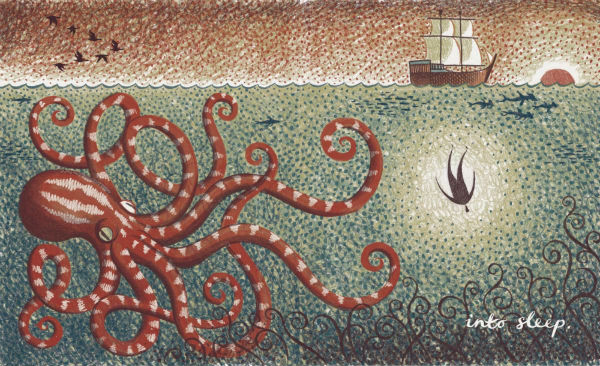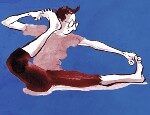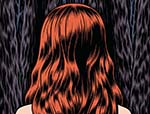In 1871, the French poet, surrealist, traveller, soldier, trader, arms dealer, and explorer Arthur Rimbaud wrote a poem called Le Bateau ivre (The Drunken Boat). He was 16 at the time, and yet to play any of the many roles fate had in store. The poem was sent as part of an introduction to the older poet Paul Verlaine, who would become Rimbaud’s lover before eventually attempting to murder him. This was, as is obvious, a colourful life.
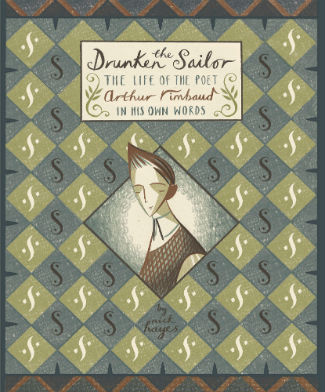 If one were to try and paraphrase what the poem is about, it could be described as the visions of a boat lost at sea. What Rimbaud did in the process, however, is create a new way of introducing symbolism to poetry, gathering lines and visuals that don’t always come together coherently. Something about it clearly worked though, because the poem would eventually be translated into other languages, set to music, and even inspire science fiction. Luckily, it also inspired Nick Hayes to create a graphic novel.
If one were to try and paraphrase what the poem is about, it could be described as the visions of a boat lost at sea. What Rimbaud did in the process, however, is create a new way of introducing symbolism to poetry, gathering lines and visuals that don’t always come together coherently. Something about it clearly worked though, because the poem would eventually be translated into other languages, set to music, and even inspire science fiction. Luckily, it also inspired Nick Hayes to create a graphic novel.
There are all kinds of ways in which one can interpret Rimbaud’s work, which is great or terrible depending upon whether one is an artist or a critic. For a talented illustrator like Hayes, one imagines it to have been particularly satisfying, matching the poet’s words with literal, abstract, or sometimes surreal visuals. Using a limited colour palette, he forces these images to do the talking as they jump from Ardennes to Paris, Indonesia to Egypt, in Rimbaud’s footsteps.
It’s hard to describe this as a biography because, even though it does intend to chronicle a life, it is about so much more than just telling us Rimbaud’s story. What it manages to capture, in an intangible manner, is the essence of what made the poet special, and why he continues to exert such a powerful influence on artists across media, geographies and cultures, a century after his passing. It helps to read a translation of the original poem because that brings an additional layer of meaning to what may seem like an unconnected tale, but one can approach this with no information whatsoever and still come away moved by being exposed to an undoubtedly special presence.
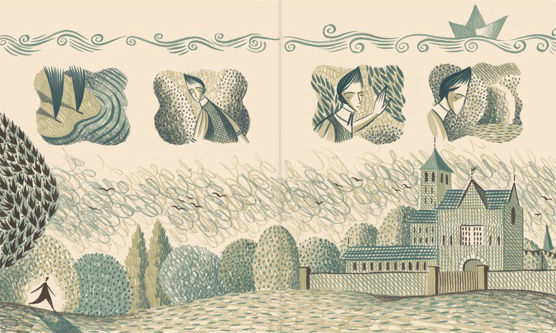
There are all kinds of wondrous entities here, from serpents and owls to ungainly human beings. Actual life events that occupy much space in official biographies of Rimbaud and Verlaine are summarily dismissed with a few panels. This isn’t to say those facts don’t matter, but to point out that there is often so much about a biography that is undocumented.
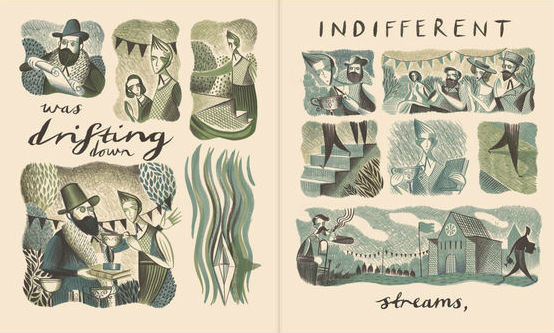
This is a beautiful book to hold, not simply because Hayes lavishes it with attention to detail, but because the publisher clearly values it as a piece of art as well. The pages are thick; the printing, crisp. It is not a feeling one encounters often while reading a graphic novel.
What Hayes manages to do, in a way only he can, is give us a glimpse into what could possibly have gone through Rimbaud’s mind as he lived his eventful, rambunctious life. It is a glimpse full of magic and wonder.
Nick Hayes (W/A) • Jonathan Cape, £20.00
Review by Lindsay Pereira





